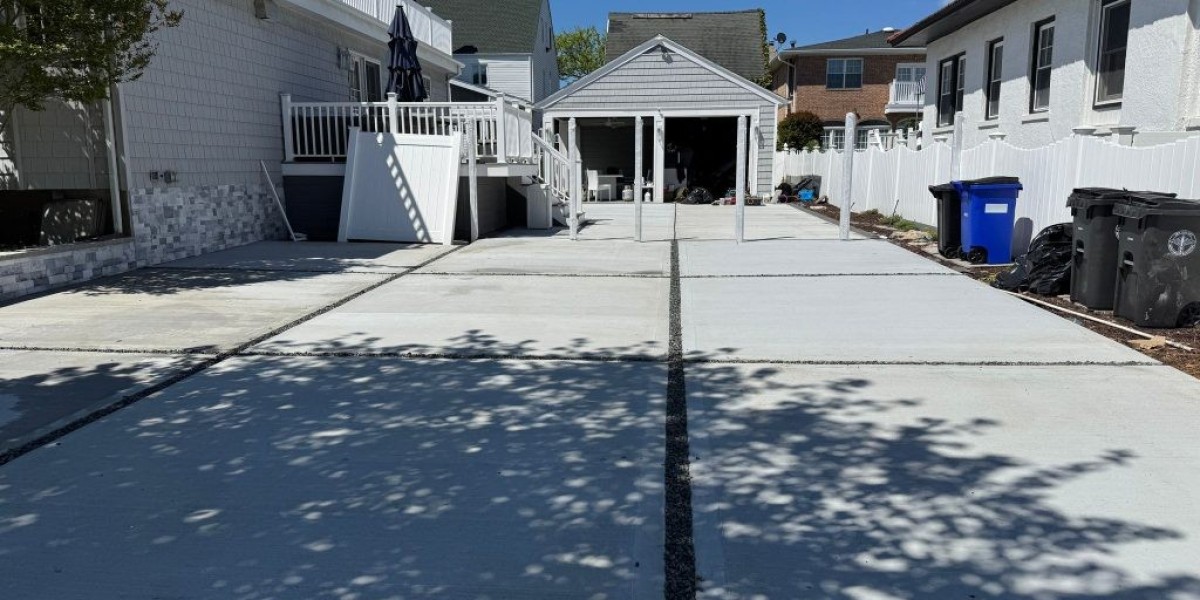If you’ve ever dreamed of becoming financially independent or creating long-term wealth, building a real estate portfolio might be one of the smartest moves you can make. Real estate investing has helped millions of people generate passive income, achieve financial freedom, and leave a lasting legacy. The best part? You don’t need to be a millionaire to start.
In this blog, we’ll break down step-by-step how to build a real estate portfolio from scratch — even if you’re a beginner with limited funds.
Step 1: Understand What a Real Estate Portfolio Is
A real estate portfolio is simply a collection of real estate investments. This could include:
Residential rental properties
Commercial real estate
Vacation rentals or Airbnb units
Land or plots
Real estate investment trusts (REITs)
You don’t need to own 10 properties to call it a “portfolio.” Even one rental property is a start. The goal is to grow and diversify over time.
Step 2: Set Clear Goals
Before buying your first property, ask yourself:
Why do I want to invest in real estate?
Do I want monthly rental income, long-term appreciation, or both?
What’s my risk tolerance?
How much time can I commit to managing properties?
Write down your short-term and long-term goals. For example:
Short-term goal: Buy my first rental property within 12 months.
Long-term goal: Own 5 income-generating properties in 5 years.
These goals will guide your strategy and decision-making.
Step 3: Check Your Finances
You don’t need to be rich to start, but you do need a plan. Start with:
Credit score: A higher score means better loan terms. Aim for 700+.
Savings: Have enough saved for a down payment (usually 15–25%) and closing costs.
Debt-to-income ratio: Lenders will look at this when you apply for a mortgage.
If you’re low on funds, consider:
House hacking (buying a multi-unit property and living in one unit while renting the others)
Partnering with someone who has capital
Seller financing or private lenders
Step 4: Learn the Basics of Real Estate Investing
Knowledge is power. Spend time learning about:
Property analysis (cash flow, cap rate, ROI)
Real estate markets and trends
Local landlord-tenant laws
Tax benefits and deductions for investors
Some great resources include:
Books like Rich Dad Poor Dad or The Millionaire Real Estate Investor
Podcasts such as BiggerPockets
YouTube channels and online courses
The more you learn, the more confident you’ll feel when it’s time to invest.
Step 5: Choose the Right Market
Not all real estate markets are created equal. You want to invest where:
Home values are stable or appreciating
Rent demand is high
Employment and population are growing
Property taxes and regulations are investor-friendly
You don’t have to invest in your hometown. Many successful investors buy properties out of state where the numbers make more sense.
Step 6: Start with One Property
Your first property is the foundation of your portfolio. It could be:
A single-family home in a growing suburb
A duplex or triplex for house hacking
A condo or townhome in a rental-friendly area
Run the numbers carefully. Make sure the property:
Has positive cash flow
Is in a safe neighborhood
Needs minimal upfront repairs
Work with a trusted real estate agent who understands investment properties. Get an inspection and don’t skip your due diligence.
Step 7: Manage It Well
Once you own a rental, the work doesn’t stop. You need to:
Find reliable tenants
Collect rent on time
Handle repairs and maintenance
Keep good financial records
You can either manage it yourself or hire a property management company. Just make sure your income covers the cost and still leaves you with profit.
Good management = long-term success.
Step 8: Reinvest and Grow
After your first property, reinvest your profits and build momentum. You can grow your portfolio by:
Saving cash flow to buy the next property
Using the BRRRR method (Buy, Rehab, Rent, Refinance, Repeat)
Doing a 1031 Exchange to defer taxes when selling
Pulling equity from one property to fund another
Your portfolio can grow faster if you keep reinvesting and avoid unnecessary expenses.
Step 9: Diversify Over Time
As your portfolio grows, consider diversifying to reduce risk:
Mix property types (residential, short-term rental, commercial)
Invest in different cities or states
Add passive investments like REITs
Diversification helps protect you from market fluctuations and boosts your income potential.
Important Links
Bayshore Road Condo Floor Plans
Bayshore Road Condo Floor Plans
Why the Bayshore Road Condo Location Is One of Singapore’s Best-Kept Secrets
Unpacking the Bayshore Road Condo Site Plan: What Future Residents Can Expec
How to Buy Your First Condo in Singapore: A Complete Step-by-Step Guide for First-Time Homebuyers
Short Term Rental Property Investment Guide
Steps to Buying a House for the First Time







